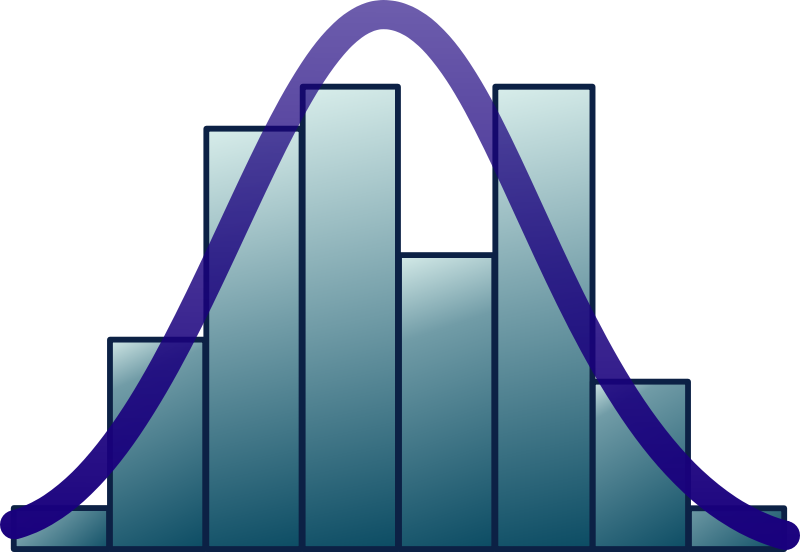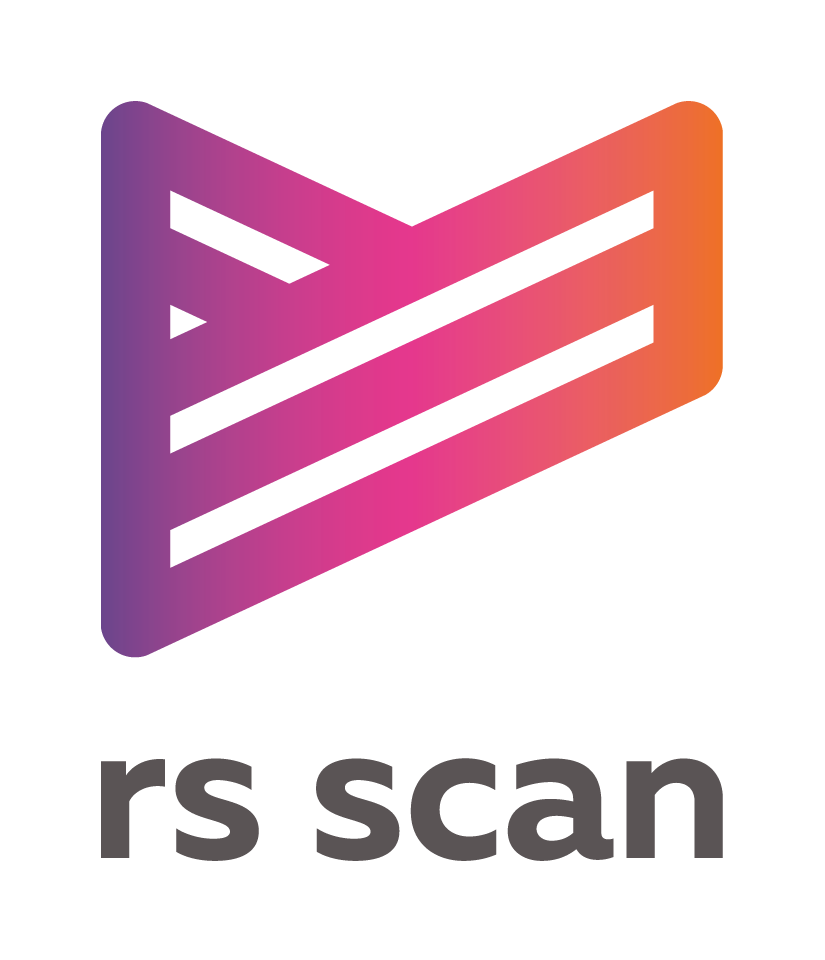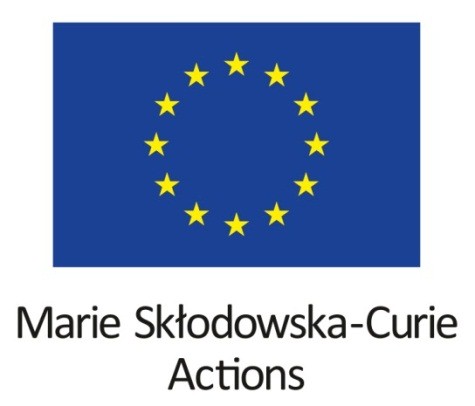
The goal of the CAD WALK project is to develop a computer-aided diagnosis (CAD) system for foot pathologies within a two year time span. The system will take in and examine pressure measurements collected from the bottom (plantar) surface of a patient's foot as they walk. Using these measurements, it becomes the job of the CAD WALK system to identify and highlight which parts of the patient's foot apply unusual amounts of pressure on the ground, and also to identify when during the footstep those unusual pressure measurements occur. This information can then passed on to a clinician who can take it into consideration when coming up with a diagnosis.

CAD WALK works with plantar pressure measurements: measurements of the pressure between the bottom (plantar) surface of your foot and the ground. This information is collected from a patient by having them walk over a pressure-sensing plate provided by rs scan. The pressure plate records the plantar pressure dynamically, at frequencies of up to 500 Hz, resulting in pressure videos like the one you see on the left. It is videos like these that CAD WALK will have to examine.
The need for a computer-aided diagnosis system like CAD WALK becomes clear when you consider the large number of pressure measurements within a plantar pressure video like the one you see here. Depending on the patient's walking speed and foot size, we can end up with tens of thousands, or even hundreds of thousands, of plantar pressure measurements. Examining a collection of data this big can be a challenging task. With the CAD WALK project, we hope to simplify this task by directing the clinician's attention to pressure values that should be unlikely to occur in the patient under examination.
For this project, we are partnering with Sint Maartenskliniek (Nijmegen, The Netherlands) to collect these plantar pressure measurements.

The central research challenge in CAD WALK is to determine which plantar pressure measurements can be considered as normal and which require a clinician's attention. In other words, we need to determine what are the normal bounds for the plantar pressure measurements of a given patient, at all locations in their foot, and at all time points in their footstep.
Determining the normal bounds for so many pressure measurements is challenging, but possible. In fact, this has been done in previous research. The basic idea is to collect plantar pressure measurements from a population of healthy individuals, then build a statistical model of what a plantar pressure video from a healthy person should look like. With that statistical model, we would capture the range of plantar pressure values that we saw in our healthy population.
The added challenge in this study is to determine how to adjust those pressure ranges based on the patient being examined. It has already been established that a patient's age, gender, height, weight, walking speed, and shoe size all have an impact on the recorded plantar pressure measurements, but to different degrees. How do we reflect this fact in our statistical model?

Imagine that you are the patient being examined using CAD WALK. You have a known shoe size, height, weight, and so on. CAD WALK would want to compare your plantar pressure video to that of a healthy person with the identical characteristics as you. Unfortunately, given that so many characteristics impact plantar pressure measurements, it is unlikely that we will find enough healthy individuals that match you identically. This is a problem if we want to build a statistical model for your plantar pressure video.
We propose that CAD WALK can develop a decent statistical model for your plantar pressure video by leveraging what we have from the whole healthy population for which we have pressure measurements. The trick is that each of our healthy individuals should influence our model to different degrees: individuals similar to the patient should impact the model more than individuals that are quite different from the patient. But what do we mean by similar and different?
Since many subject characteristics impact plantar pressure measurements, and each to a different degree, it is unclear how each person should influence the plantar pressure model. For example, does a weight difference of 10 kg have a greater impact on the plantar pressure measurements than an age difference of 5 years? If so, how much greater is that impact? To answer these questions, CAD WALK will look to the field of metric learning. The goal of metric learning algorithms is to find a way of measuring distances between items in a way that agrees with the rules we choose for those distances. By using the pressure measurements, CAD WALK should be able to identify rules that can allow us to learn a distance between subjects that solves the questions above.
Using metric learning, CAD WALK should be able to build a personalized statistical model for any patient's plantar pressure video, allowing us to more precisely identify which of a patient's plantar pressure measurements are unusual, and provide more accurate information to clinicians.

CAD WALK is partnering with rs scan, a world leader in plantar pressure measurement devices and software, to produce and distribute CAD WALK as a supported software product. This would make CAD WALK not only the first CAD system using plantar pressure measurements, but also the first such system to be supported by a major vendor. Our hope is to achieve this milestone at the end of our project's two year time frame (October, 2019).
Beyond the distribution of the software, we also intend the publish the plantar pressure measurements collected during this project so that other researchers can use them to further the world's understanding of this measurement technique and the biomechanical information it can access.
